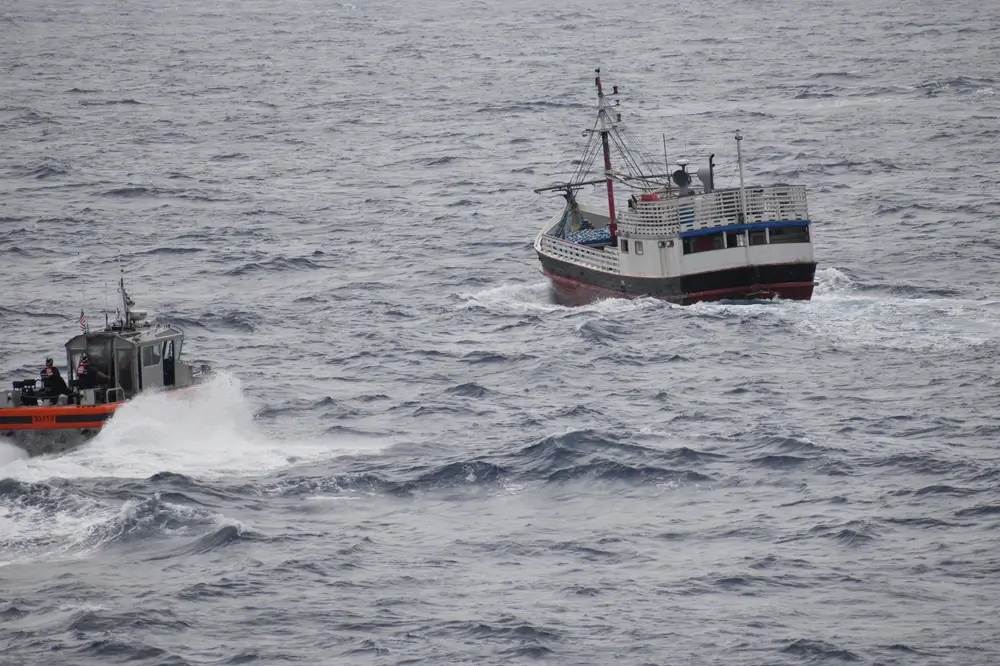A federal court has ruled that the U.S. Navy is liable for damages in connection with the Red Hill fuel leak at Pearl Harbor in 2021, which contaminated a military base water supply system and affected thousands of servicemembers and their families.
17 plaintiffs who filed a civil suit over health effects from fuel-contaminated drinking water are owed compensation, U.S. District Judge Leslie Kobayashi ruled Wednesday. She ruled that the Navy was negligent in its operation of Red Hill, resulting in the release of 19,000 gallons of jet fuel into an access tunnel – where an unknown amount drained into a water supply well.
The damages per person are comparatively small, ranging from $3,000 to $75,000. Kobayashi ruled that the plaintiffs were not entitled to compensation for economic losses or spill-related expenses, and she denied most of the plaintiffs’ claims for ongoing medical care.
“While the damages awarded by the court are disappointing, this is a step forward in our clients’ pursuit of justice, and we continue to review options to resolve the remaining 7,500-plus cases,” said plaintiffs’ lawyer Just Well Law PLLC in a statement. “The Court rejected the Government’s argument that thousands of our clients were just psychosomatic and that there was not enough fuel to make anyone sick.”
Multiple plaintiffs told Hawaii News Now that the dollar value of the judgement was too low and “disheartening” for victims. “It feels like the government was not held accountable for anything,” one plaintiff told HNN.
The judge’s ruling will provide a benchmark for other class-action suits filed by thousands of affected people. It broadly aligns with the Department of Defense’s own findings: last year, the Pentagon’s inspector general concluded that the U.S. Navy didn’t understand the spill risks involved in operating its Red Hill fuel tank site at Pearl Harbor, and it repeatedly failed to respond when a major spill finally occurred, missing multiple opportunities to prevent harm to personnel. Site operators didn’t have an accurate map of the facility and its piping, hadn’t conducted response drills, and hadn’t included the drinking water well or the possibility of a pipeline spill in their formal spill response plan, the IG’s investigators found.

